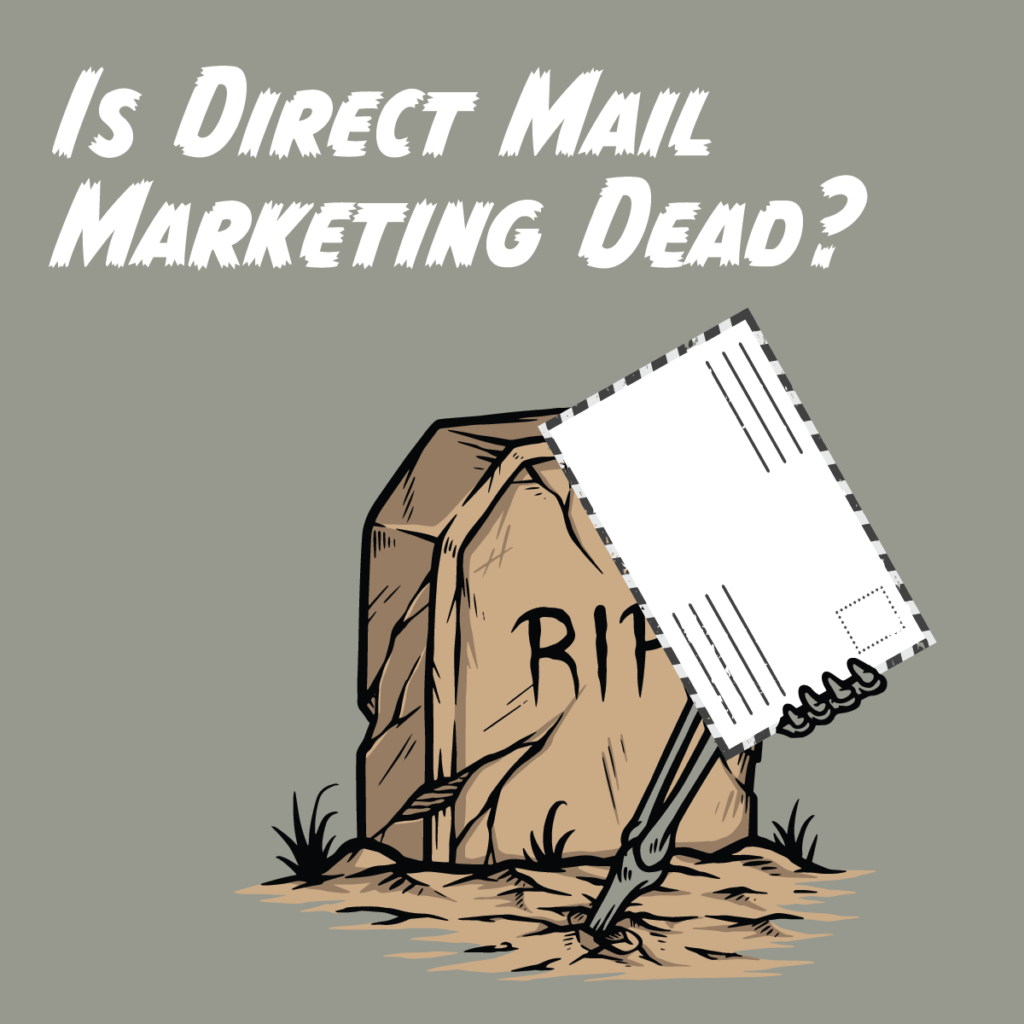 Direct mail marketing is not dead, but the strategy has evolved in the digital age. While traditional direct mail marketing, such as sending physical letters and brochures, may not be as dominant as it once was, it is still a very valuable tool when used strategically, especially when coupled with digital marketing efforts. Here are some considerations when crafting a direct mail campaign:
Direct mail marketing is not dead, but the strategy has evolved in the digital age. While traditional direct mail marketing, such as sending physical letters and brochures, may not be as dominant as it once was, it is still a very valuable tool when used strategically, especially when coupled with digital marketing efforts. Here are some considerations when crafting a direct mail campaign:
Direct mail marketing is not dead, but the strategy has evolved in the digital age. While traditional direct mail marketing, such as sending physical letters and brochures, may not be as dominant as it once was, it is still a very valuable tool when used strategically, especially when coupled with digital marketing efforts. Here are some considerations when crafting a direct mail campaign:
Targeted Campaigns
Companies can leverage data analytics and customer profiling to create highly targeted direct mail campaigns. This ensures that the materials are sent to individuals who are more likely to be interested in the services being offered. It is important to have a strong understanding of your customer base make sure that your offers and creative resonate with your prospects and existing customers.
Integration with Digital
Digital marketing can be a strong compliment to direct mail. For example, a direct mail piece might include a QR code or a personalized URL (PURL) that directs recipients to a specific landing page or a mobile app, where they can learn more or take action online. Utilizing IP targeted digital ads increases the number of touch-points and keep your offers top-of-mind. Using a multi-channel approach can increase the number of people who respond to your campaign.
Personalization
Personalization is key in today’s marketing landscape. Companies can use direct mail to send personalized offers, statements, or invitations to specific customers based on their demographics, behaviors, and preferences. Customer analysis and appended demographic data helps to inform a personalization strategy to make sure your marketing is relevant to your audience.
Brand Building
Direct mail can be used for branding purposes. High-quality, well-designed mailers can make a strong impression and convey the company’s professionalism and trustworthiness. Digital integration extends the brand messaging and can reinforce your position as a modern institution with modern features.
Segmentation
While digital marketing can be cost-effective for reaching a broad audience, direct mail can still be cost-effective for reaching specific segments or high-value customers. Utilize information gained through customer data analysis to drive your segmentation strategy. Appropriate segmentation allows you to target only people likely to respond to your marketing and mitigate unnecessary printing and postage costs.
Response Tracking
With the right tracking mechanisms in place, companies can measure the response rate of their direct mail campaigns. This data can prove return on investment and help you refine future marketing strategies to maximize success.
It’s essential to recognize that consumer behavior has changed significantly in recent years. Some people prefer digital communication as it is more convenient to respond (assuming your customers can convert online). Therefore, companies should carefully consider their target audience and the objectives of their marketing campaigns when deciding whether to use direct mail. Utilize an omni-channel strategy to maximize exposure and promote brand continuity.
In short, direct mail marketing is not dead, but it should be part of a well-rounded marketing strategy that incorporates digital channels and focuses on personalization, targeting, and integration with online efforts.
